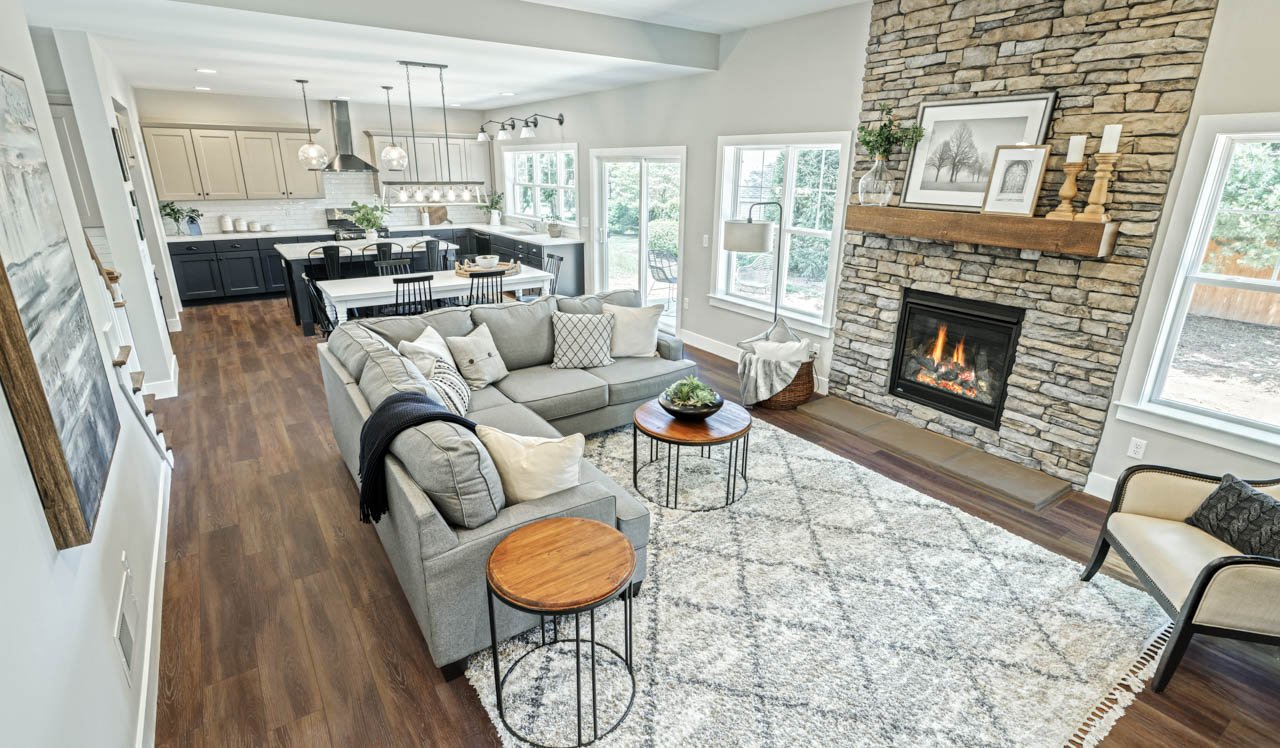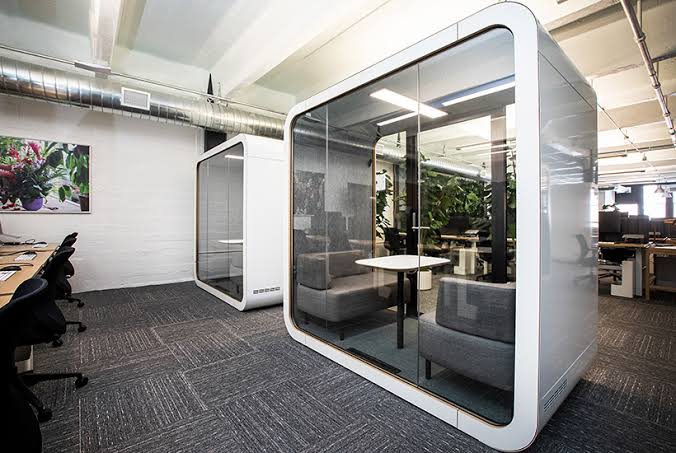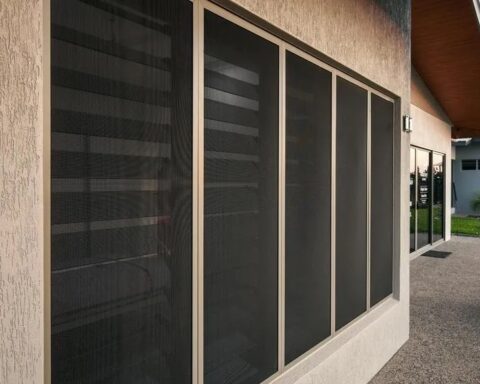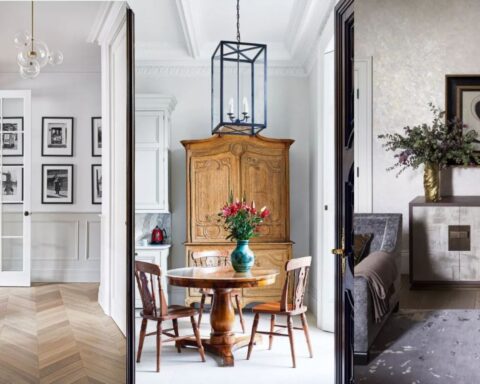For decades, the idea of an open floor plan has been a fixture in contemporary home architecture. This design philosophy involves demolishing walls so that living rooms flow into kitchens and designated areas merge seamlessly for visual appeal.
Although this approach is aesthetically pleasing, its real advantage comes from promoting family bonding through connectedness as it facilitates better communication, supervision, and inclusivity among families sharing living spaces. This article delves into the various benefits of open floor plans to enhance familial dynamics by providing a more dynamic environment where everyone feels part of the bigger picture.
Fostering Communication and Connection
An open floor plan presents a notable benefit by enhancing communication and interaction among family members. Compared to conventional layouts that allocate distinct rooms for varying functions, such designs create seclusion and detachment. In this context, a floor plan with dimensions that align with different family needs allows parents to prepare food in the kitchen area, for example, while also being able to engage with kids frolicking around in the living room. For single or multi-family households looking to make the most of their time spent with loved ones, open floor designs are the way to go.
Additionally, the constant audio-visual connection nurtures impromptu discussions and cultivates intimate bonds while guaranteeing every individual’s involvement within their shared daily routines at home.
Supervision Made Easy
Open floor plans provide a clear advantage for families with young children in terms of supervision. The days of hustling between rooms to check on a sleeping baby or an engrossed toddler are over.
With unobstructed views of multiple areas, parents can carry out their tasks confidently, knowing that they have constant visibility and assurance about the safety and whereabouts of their little ones. This amplified monitoring not only enhances security but also encourages active parenting by allowing them to participate in their children’s playtime while providing guidance and support throughout the day.
Promoting Play and Quality Time with the Family
Strong family bonds are a priority for most Americans. A survey reveals that a significant 73% of U.S. adults rank spending time with loved ones as one of the most important aspects of their lives. Open floor plans can contribute to fulfilling this desire by creating a more conducive environment for connection and shared experiences.
While kids play on the ground floor, they can still be conversing with their parents in the kitchen area; older siblings studying or reading nearby can also keep a closer watch over children watching TV at home. This type of shared space bolsters familial bonds and offers plenty of opportunities for unplanned interactions and family game nights, all while basking under ample natural light from sizeable windows that brighten up this inviting atmosphere perfect for gathering around as one unit.
Multifunctionality and Adaptability
The flexibility of an open floor plan is unmatched when it comes to meeting the changing needs of a family. By using area rugs, furniture placement, and intelligently located bookshelves, one can transform a large space into smaller ones that are suitable for various activities.
This versatility creates separate play areas for young children, homework spaces for older kids, or comfortable workspaces where parents may catch up on their emails while working from home. Such an option for adaptability means that as families adjust to new hobbies and life stages over time, they can effortlessly reconfigure their open space accordingly.
Achieving Balance: Tackling Possible Limitations
Although open floor plans can create an ideal environment for family bonding, it is crucial to address and counteract any possible drawbacks. Noise pollution from various activities in different areas could be a concern that deserves attention. To resolve this issue, the placement of furniture should be strategically planned out to form buffer zones, while adding sound-absorbing materials like curtains or rugs may help reduce noise transmission.
In addition, decluttering frequently is important since mess easily spreads throughout the entire space without walls blocking sight lines. Designated storage solutions must also be implemented, along with creating a culture of neatness in order to maintain both functionality and aesthetics within the living area.
The Bottom Line: Connected and Open
In essence, the open floor plan presents an exceptional and valuable design strategy for families who desire to encourage bonding and enhance communication while crafting a flexible living space that accommodates their changing needs.
By acknowledging and mitigating potential shortcomings while embracing openness advantages, households can establish a home that genuinely resonates with their principles, thereby fostering closeness as well as shared experiences.
Keep an eye for more latest news & updates on Essential Tribune!








